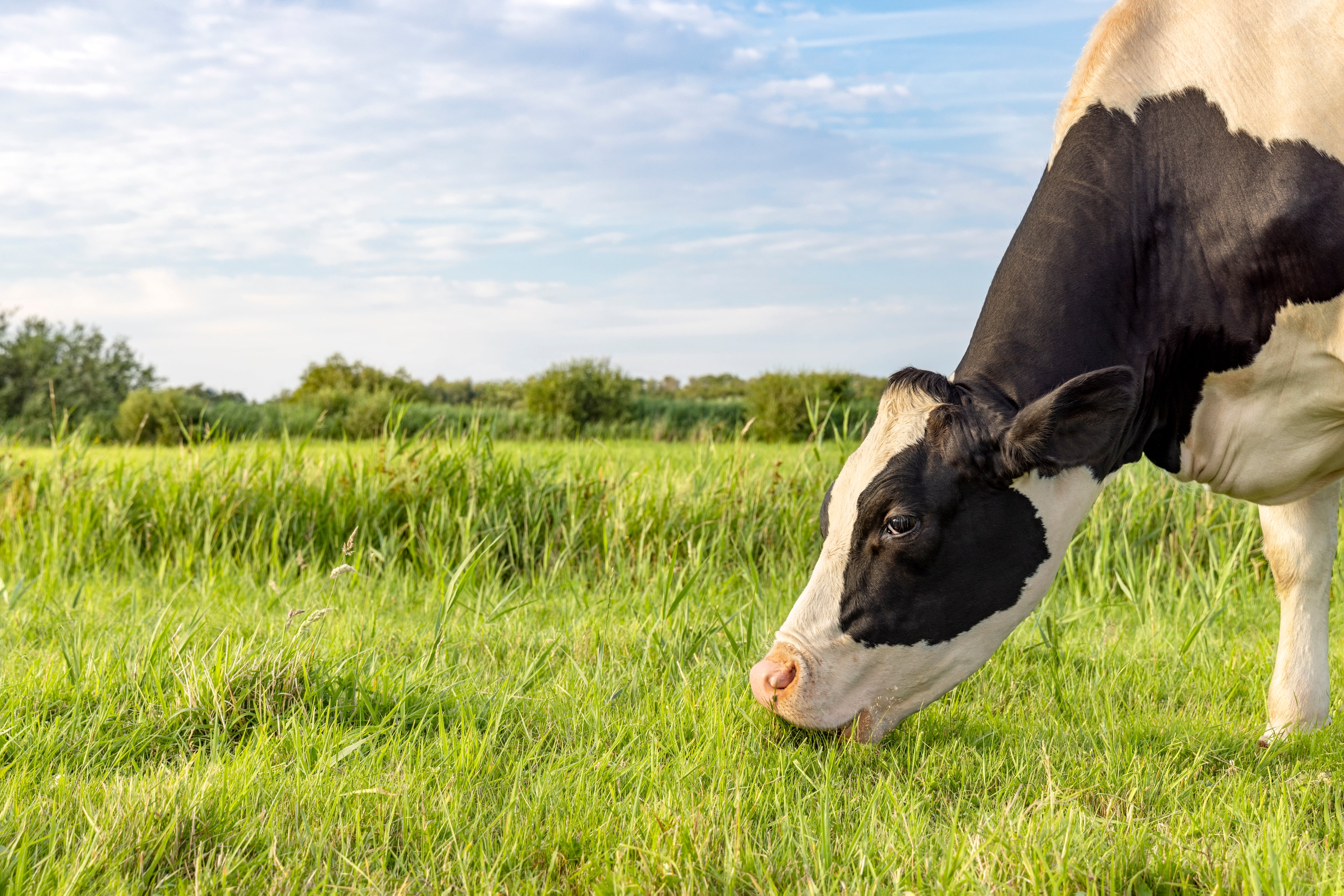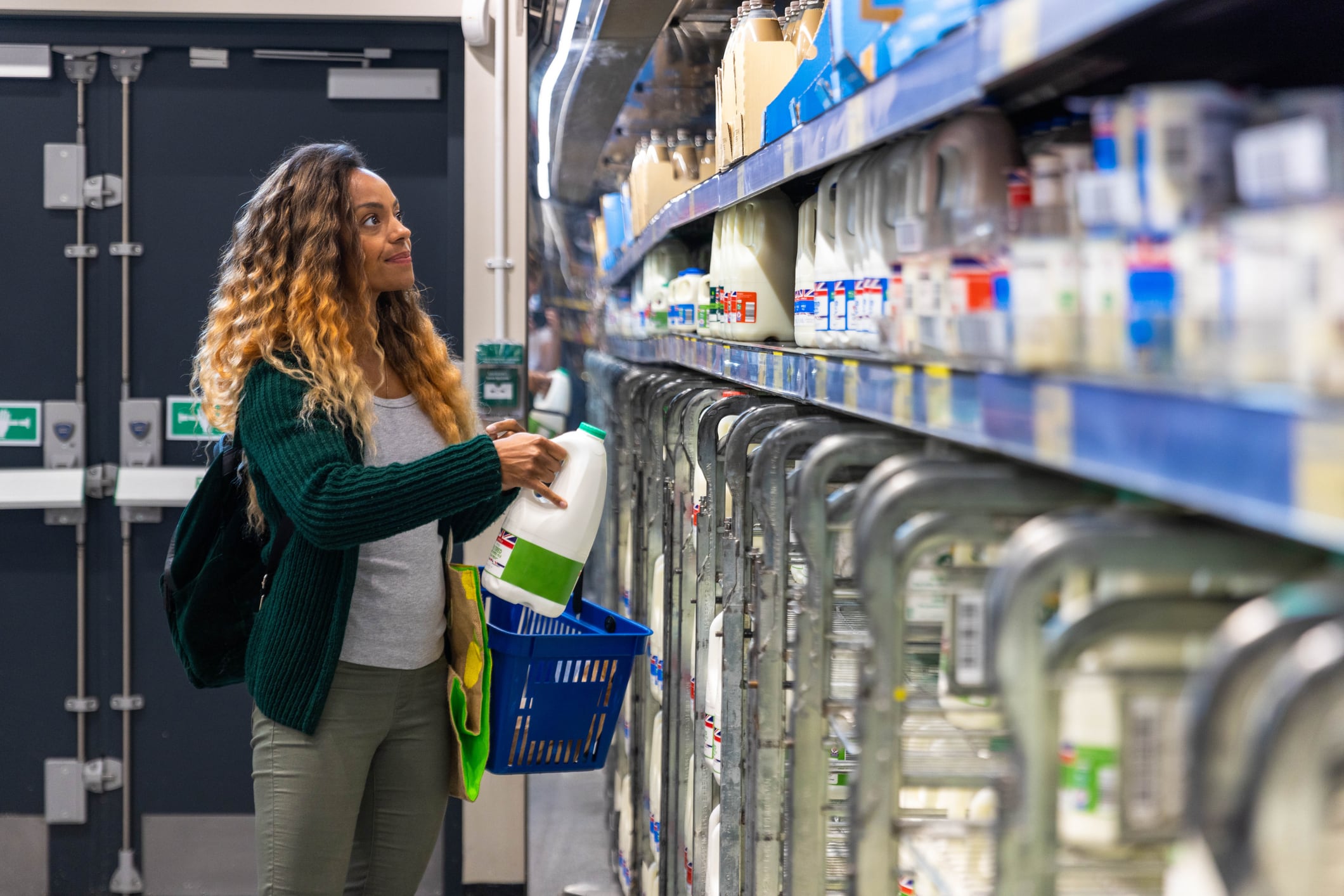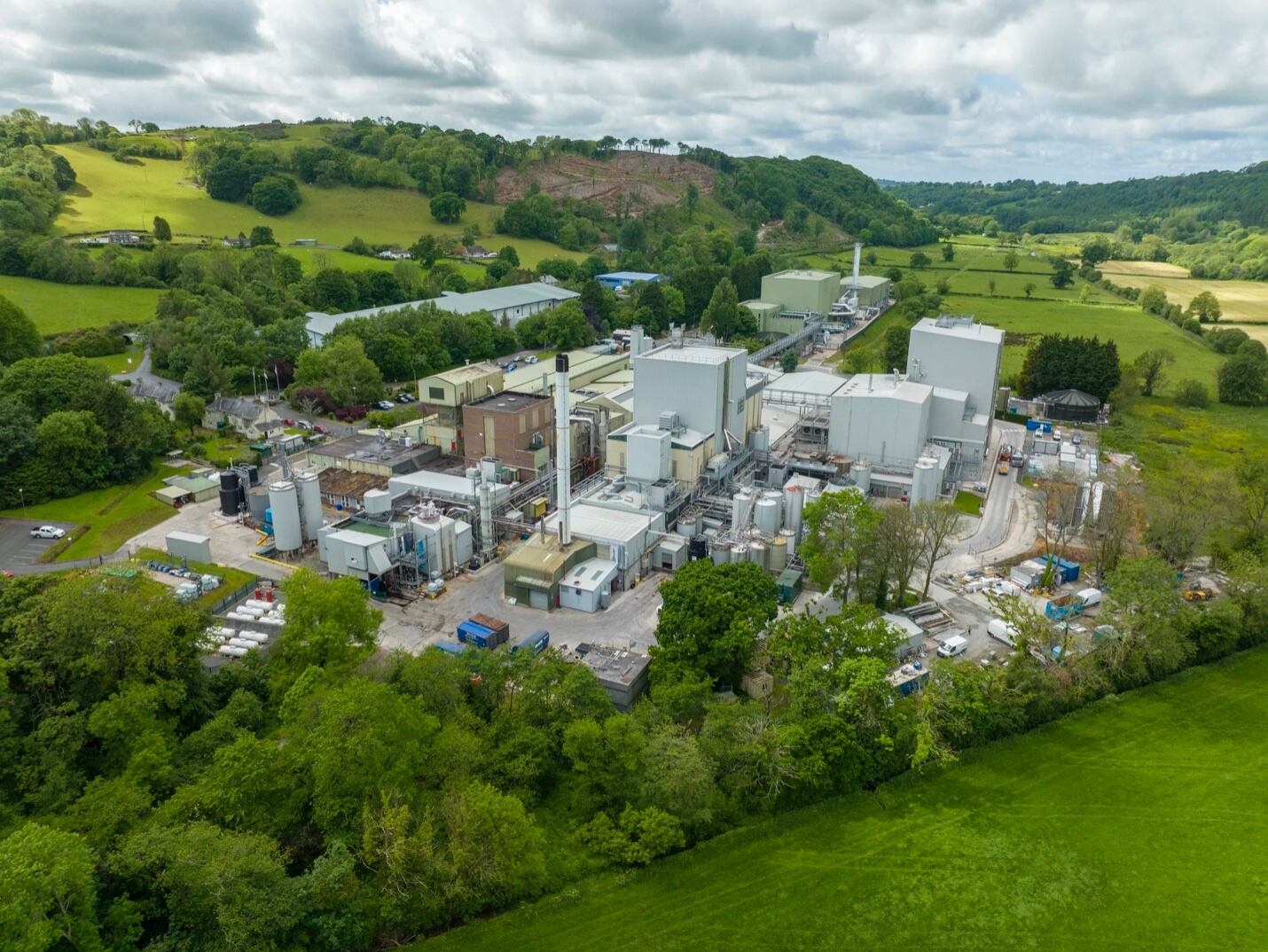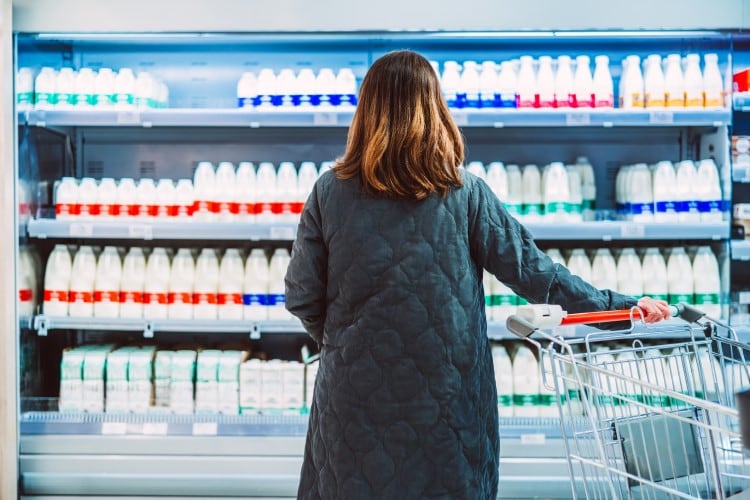Arla Foods has said a 100-page report scrutinizing its sustainability targets and initiatives contains ‘multiple inaccuracies’ and is ‘not a true reflection’ of its science-based targets.
The report, published by non-profit The Changing Markets Foundation and Greenpeace Nordic, accuses the dairy multi-national of running ‘undemocratic structures and incentives that benefit the larger, more industrial farms’; criticizes its lack of methane-specific emissions reporting, and questions the validity of the co-op’s in-house carbon footprint calculations.
We understand that Arla disputes some of the published data as well as the scope of the authors’ investigation into its co-operative democracy (more on this below) and has found gaps in the analysis and little science-based evidence to support the claims.
For example, the report’s authors claim that the co-op could save up to 15% of emissions per kg of milk through biogas production, but the figure isn’t recognized by the dairy co-op.
Changing Markets also criticizes Arla’s Arlagarden initiative – designed to standardize animal welfare and milk production measures across all co-op farmers – claiming the standards ‘usually require substantial investment in infrastructure and compliance, which risks disproportionately burdening smaller farmers’.
Similarly, the non-profit says the Arla FarmAhead sustainability incentive tool – comprising an online questionnaire to allow the co-op to capture farm-specific emissions data and use it for benchmarking and insights through a points-based system – pushes farmers into intensification and is ‘obviously quite weak in incorporating action in reducing emissions’.
But co-op insiders think the report mischaracterizes the incentives model and doesn’t provide enough evidence to back up its claims regarding Arlagarden or FarmAhead.
An Arla spokesperson said: “We have taken the time to review the report and unfortunately it does contain multiple inaccuracies. It is therefore not a true reflection of Arla’s science-based targets, our farmers’ actions to reduce emissions and our commitment to producing more sustainable dairy.”
Estimated methane emissions
The Changing Markets report attempts to shed light on Arla’s estimated methane emissions. Arla says methane accounts for 43% of its total emissions but does not report methane emissions separately.
Based on 2022 milk intake figures, the co-op’s methane emissions – on a 100-year global warming basis (GWP100) – stand at 13.4 MtCO2e per year, or 56% of all GHG emissions, according to the report.
Arla calculates its total GHG emissions (carbon footprint) by converting different gases into carbon dioxide equivalents (CO2e). Scope 3 (which includes farm emissions and emissions from dairy production) form the vast majority of all GHG emissions for dairy companies, including Arla.
In 2024, the co-op reportedly reduced scope 3 emissions by 1% to 13% over the baseline year 2015. The co-op’s targeting 30% emissions reduction by 2030 (in intensity terms, ie per kg of milk and whey; suggesting that lower milk production could reduce emissions).
But Changing Markets estimates that the co-op has only reduced scope 1 and 2 emissions by 25% in absolute terms since 2015 and scope 3 emissions – by 8.4% in absolute figures, with intensity down 6.6% between 2017 and 2023 – roughly 1.1% per year.
“With six more years remaining until 2030, this current trajectory would get Arla to a reduction of 13.2%J – far from the stated goal of a 30% reduction by 2030. However, it is essential for Arla to reduce absolute emissions, not only emissions per unit of product. Its reduction of absolute annual Scope 3 emissions of about 1%, however, is far too low to reach the Paris Agreement’s 1.5°C limit in the long term.”
The report also finds that Arla’s net-zero goals meet only one of nine UN recommendations (using voluntary credits); partially meets five, and does not meet three: including recommendations linked to aligning lobbying and advocacy and setting net-zero targets.
Changing Markets also says that Arla’s sales of plant-based alternatives – notably, plant-based milk alternative Jord – only form 0.3% of its total UK revenue, suggesting the company is not engaging in the segment sufficiently. Diversifying into dairy alternatives has been one of the strategies that dairies leverage to reduce the environmental impact of their product portfolios.
Alma Castrejon-Davila, senior campaigner at Changing Markets Foundation, commented: “Arla has been selling us a fairytale for far too long and this report exposes the stark contradiction between Arla’s reputation as the poster child of dairy sustainability, and the reality of its failure to develop robust plans to reduce its emissions – in particular its methane emissions.
“As the world’s fifth largest dairy company, Arla has an opportunity to be a trailblazer in the sustainable transition of the dairy industry, but it instead chooses to greenwash its own activities, whilst actively employing resources to delay and derail the progress of the wider industry.
“We’re calling on Arla to set an ambitious methane target – at a minimum a 30% reduction by 2030 – and shift to less and better dairy, as well as more plant-based products. Only by implementing these measures will the dairy giant be able to reduce its emissions at the pace and scale that are needed.”




